Posts Tagged Water Conservation
Drought-Defying Beauty: Landscaping for a Water-Wise California Summer
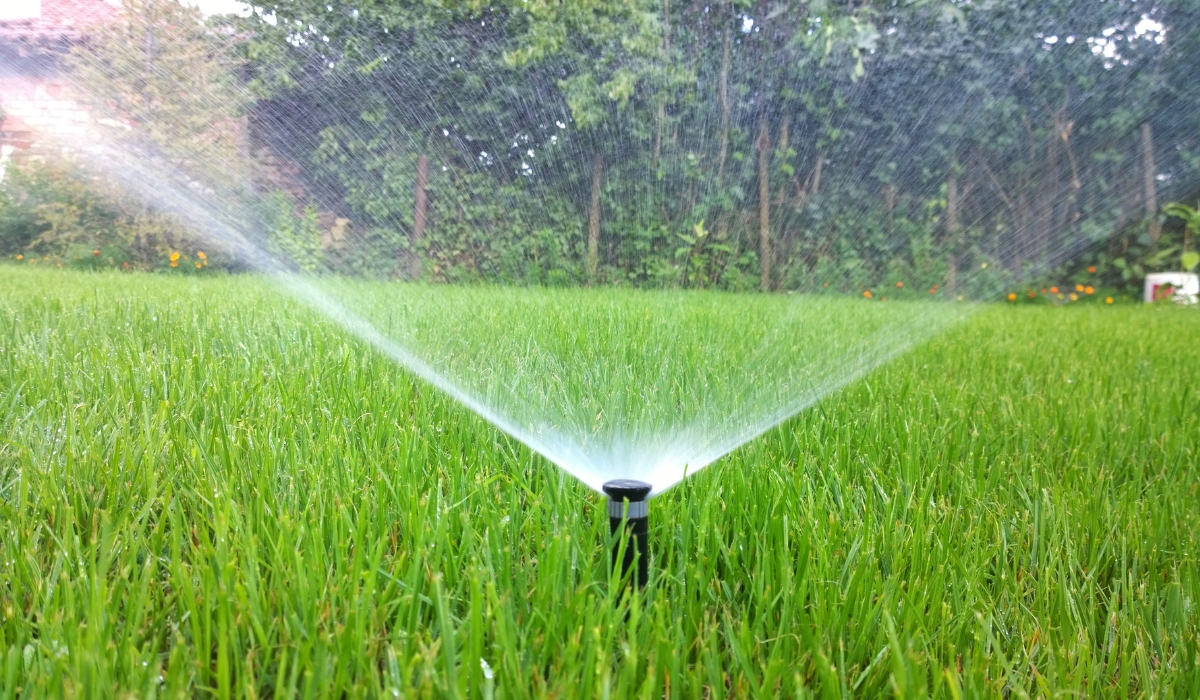
California summers are synonymous with sunshine, but also with the critical need for water conservation. At DK Landscaping, we believe that a beautiful garden and water efficiency don’t have to be mutually exclusive. In fact, by embracing smart design principles and the right plant choices, you can create a stunning, drought-defying landscape that flourishes through the dry season, all while being a responsible steward of our precious resources.
Design with Water in Mind: Principles for Efficiency
The foundation of a water-wise landscape starts with thoughtful design.
- Hydrozoning: Group plants with similar water needs together. This allows you to irrigate more efficiently, providing just the right amount of water to each zone without over- or under-watering.
- Reduce Lawn Area: Traditional lawns are notorious water guzzlers. Consider replacing thirsty turf with drought-tolerant groundcovers, permeable paving, or inviting hardscaping. Even a smaller, strategically placed lawn can significantly reduce water consumption.
- Improve Soil Health: Incorporate plenty of organic matter like compost into your soil. Healthy soil retains water more effectively, reducing runoff and making more moisture available to plant roots.
- Capture Rainwater: Explore options like rain barrels to collect rainwater from your roof for later use in your garden. This free water is perfect for supplemental irrigation during dry spells.
Plant Power: Thriving Through the Dry Season
The secret to a vibrant, water-wise garden lies in plant selection. California offers an incredible array of native and Mediterranean-climate plants that are naturally adapted to dry conditions.
- California Natives: Embrace the beauty of plants like Ceanothus (California Lilac), Manzanita, and various Sages (Salvia). They are perfectly suited to our climate, require minimal water once established, and provide habitat for local wildlife.
- Drought-Tolerant Exotics: Many plants from similar climates around the world, such as lavender, rosemary, succulents, and certain ornamental grasses, also thrive with very little water.
- Smart Plant Pairings: Combine plants with complementary textures and forms. Pair the bold shapes of agave with the delicate wisps of fountain grass, or the silvery foliage of ‘White Sage’ with the vibrant purple of ‘Victoria Blue’ Salvia for striking visual appeal.
Hardscaping with Purpose: Beauty and Function
Hardscaping plays a pivotal role in a water-wise landscape, reducing the need for thirsty plants while adding structure and beauty.
- Permeable Paving: Choose materials like decomposed granite, permeable pavers, or gravel for patios and pathways. These allow rainwater to filter into the ground rather than running off, replenishing groundwater.
- Attractive Patios & Decks: Create inviting outdoor living spaces that are naturally low-water. Furnish them with comfortable seating and drought-tolerant container plants for pops of color.
- Dry Stream Beds & Rock Gardens: These features can manage rainwater runoff effectively while adding an artistic, natural aesthetic to your garden, especially when combined with drought-tolerant plantings.
By integrating these design principles, making wise plant choices, and utilizing smart hardscaping, you can cultivate a landscape that not only withstands the dry California summer but thrives with captivating beauty and significantly reduced water consumption. Let DK Landscaping guide you in creating your own drought-defying oasis.
Beat the Heat: Smart Watering Strategies for Your May Landscape
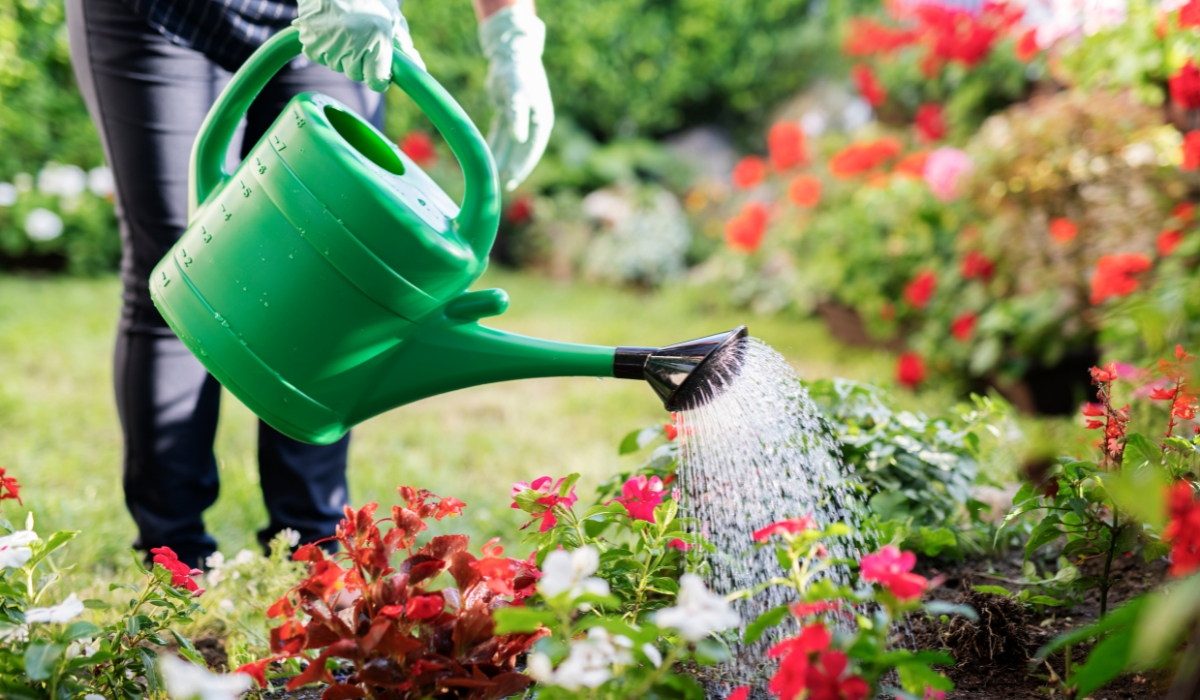
As May arrives in California, so do the steadily rising temperatures. While we all love the sunshine, our gardens start to feel the heat, making smart watering more crucial than ever. At DK Landscaping, we’re committed to helping you maintain a healthy, vibrant landscape while conserving our precious water resources. Here’s how to water smarter, not harder, this May.
The Golden Rule: Water Deeply and Infrequently
Instead of frequent, shallow watering, train your plants to develop deep root systems by watering deeply but less often. This encourages roots to reach further down for moisture, making your plants more resilient to drought and heat stress. For most established trees and shrubs, aim for once a week, or even less for drought-tolerant natives, ensuring the water penetrates at least 18 inches into the soil.
Precision Matters: Embrace Drip Irrigation
If you haven’t already, consider installing or expanding your drip irrigation system. Unlike traditional sprinklers that lose a significant amount of water to evaporation and runoff, drip irrigation delivers water directly to the plant’s root zone, minimizing waste. This targeted approach can improve water use efficiency by 20-50%, fostering healthier plants with deeper root systems. For optimal results, ensure multiple emitters are placed around larger plants to encourage a wider root spread, rather than a single point source.
The Best Time to Water: Timing is Everything
When the sun is high and winds are strong, evaporation rates soar. The best time to water your California landscape in May is in the early morning, ideally between sunset and sunrise, or before 9:00 AM. This allows the water to soak into the soil before the heat of the day causes it to evaporate, and minimizes the risk of fungal issues that can arise from wet foliage overnight in humid conditions. Watering during the middle of the day can lead to a 30% increase in water required due to evaporation.
Harnessing Technology: Smart Controllers
Take the guesswork out of watering with a smart irrigation controller. These innovative devices use local weather data (like temperature, humidity, and rainfall) or even soil moisture sensors to automatically adjust your watering schedule. This means your system will only water when your plants truly need it, preventing overwatering and significant water waste. Many smart controllers are also eligible for local rebates, making them a wise investment for both your wallet and the environment.
Beyond Irrigation: Supplementary Tips
- Mulch, Mulch, Mulch: A 2-3 inch layer of organic mulch around your plants significantly reduces soil moisture evaporation and suppresses weeds that compete for water.
- Group Similar Needs: Place plants with similar water requirements together in “hydrozones” to optimize your irrigation schedule.
- Check for Leaks: Regularly inspect your irrigation system for any leaks or broken sprinkler heads. Even a small leak can waste hundreds of gallons of water.
- Prioritize: If water restrictions are in place, prioritize watering valuable trees and shrubs over annuals or lawns, as they are more difficult and costly to replace.
By implementing these smart watering strategies this May, you’ll not only keep your California landscape looking its best but also contribute to vital water conservation efforts. For personalized advice and professional irrigation solutions, don’t hesitate to reach out to DK Landscaping – we’re here to help your garden flourish responsibly.
Sustainable Landscaping Practices for August: Thriving in California’s Dry Heat
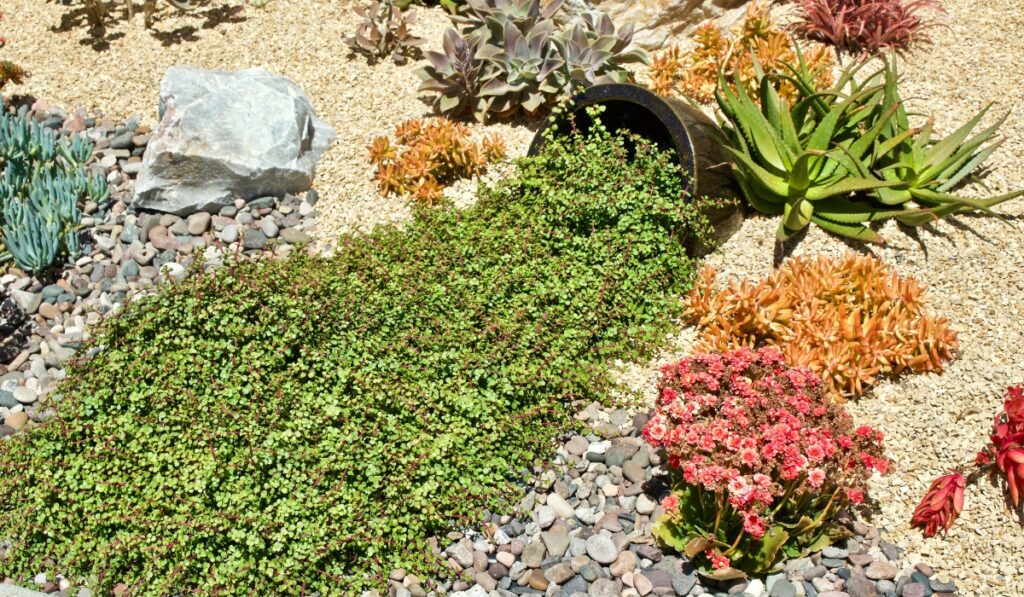
As Californians, we’re all too familiar with the challenges of August’s scorching temperatures and persistent drought conditions. While our landscapes may be feeling the heat, there are plenty of sustainable practices we can adopt to not only keep our gardens thriving but also nurture the environment. At DK Landscaping, we believe in creating beautiful landscapes that are in harmony with nature, and August is the perfect time to implement eco-friendly choices.
The Importance of Water Conservation
Water is a precious resource, especially during the peak of summer. Traditional landscaping practices often rely heavily on irrigation, putting a strain on our water supply. By embracing sustainable practices, we can significantly reduce our water consumption and help protect this vital resource.
Key Sustainable Landscaping Practices for August
Let’s delve into some essential eco-friendly choices you can make in your landscape this August:
1. Efficient Irrigation:
- Upgrade your irrigation system: Consider switching to drip irrigation or soaker hoses, which deliver water directly to the roots, minimizing evaporation and runoff.
- Water deeply and less frequently: This encourages deeper root growth and reduces water waste.
- Water in the early morning or late evening: Avoid watering during the hottest part of the day to prevent evaporation.
- Monitor soil moisture: Use a moisture meter to check soil moisture levels before watering.
- Adjust your irrigation schedule: As temperatures cool down in late August, gradually reduce watering frequency.
2. Mulching:
- Apply a thick layer of mulch: Mulch helps retain soil moisture, suppress weeds, and regulate soil temperature. Organic mulches like wood chips or shredded leaves also improve soil health as they decompose.
3. Drought-Tolerant Plants:
- Choose native and adapted plants: These plants are naturally suited to California’s climate and require less water.
- Group plants with similar water needs: This allows for more targeted and efficient irrigation.
- Consider replacing lawns with low-water alternatives: Opt for groundcovers, native grasses, or permeable hardscaping.
4. Rainwater Harvesting:
- Install rain barrels or cisterns: Collect rainwater from your roof to use for irrigation later.
- Create rain gardens: These shallow depressions capture and filter rainwater runoff, reducing erosion and providing habitat for wildlife.
5. Composting:
- Start a compost pile: Turn kitchen scraps and yard waste into nutrient-rich compost to improve soil health and reduce the need for synthetic fertilizers.
6. Organic Fertilizers:
- Use organic fertilizers and soil amendments: These products nourish your plants without harming the environment.
7. Reduce or Eliminate Pesticide Use:
- Embrace Integrated Pest Management (IPM): This approach focuses on prevention and natural controls to minimize pesticide use.
- Attract beneficial insects: Plant flowers that attract ladybugs, lacewings, and other insects that prey on pests.
DK Landscaping: Your Partner in Sustainable Landscaping
At DK Landscaping, we are committed to creating sustainable landscapes that are both beautiful and environmentally responsible. We can help you implement these eco-friendly practices and design a garden that thrives in California’s unique climate.
Contact us today to schedule a consultation and let us help you create a sustainable oasis.
Remember, every small step towards sustainability counts. By implementing these practices in your landscape, you can make a positive impact on the environment while enjoying a beautiful and thriving garden.
July Gardening Calendar for California: Your Guide to a Flourishing Summer Garden
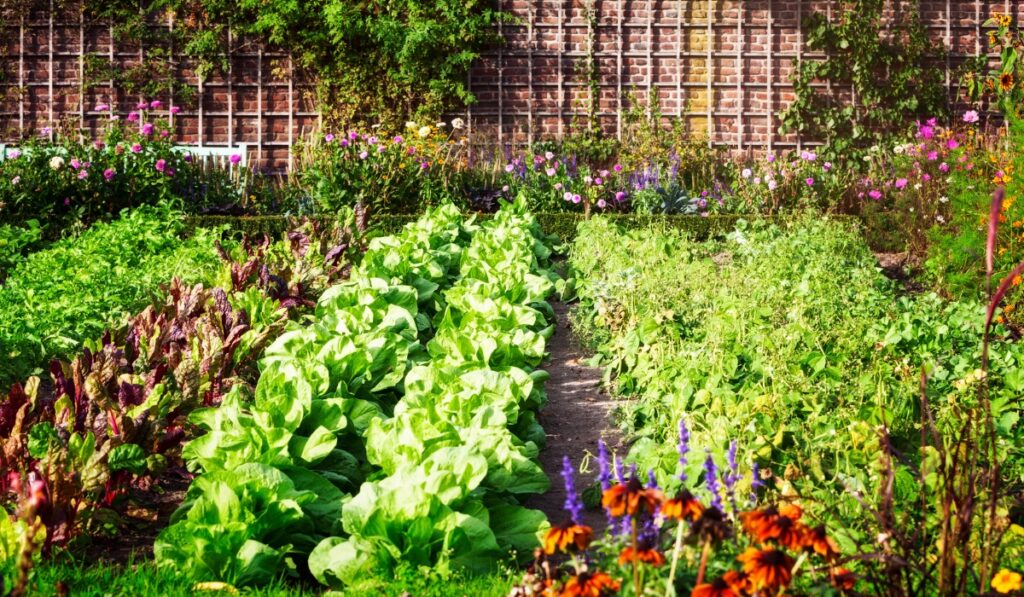
July in California brings long, warm days and abundant sunshine, making it a prime time for gardening activities. Whether you’re a seasoned pro or just starting out, this July gardening calendar will guide you through the best planting schedules and essential tasks to keep your landscape thriving. At DK Landscaping, we’re committed to helping you achieve a beautiful and productive garden all year round.
Planting Schedule for July
Despite the heat, July is still a great time to plant several vegetables, herbs, and flowers in California. Consider these options:
- Vegetables:
- Warm-season vegetables: Tomatoes, peppers, eggplant, cucumbers, squash, beans, okra, melons
- Leafy greens: Lettuce, spinach, Swiss chard (plant in partial shade to prevent bolting)
- Root vegetables: Carrots, beets, radishes
- Herbs:
- Basil, cilantro, dill, parsley, rosemary, thyme
- Flowers:
- Sun-loving annuals: Zinnias, sunflowers, cosmos, marigolds, petunias
- Heat-tolerant perennials: Salvia, lantana, verbena, yarrow
Essential Gardening Tasks for July
In addition to planting, July requires attention to other essential gardening tasks:
- Watering: With rising temperatures, watering becomes crucial. Water deeply and less frequently, ideally in the early morning or late evening to minimize evaporation. Consider using drip irrigation or soaker hoses for efficient water delivery.
- Weeding: Stay on top of weed control to prevent them from competing with your plants for water and nutrients. Mulching can help suppress weed growth.
- Deadheading: Regularly remove spent flowers to encourage continuous blooming and prevent plants from going to seed.
- Fertilizing: Feed your plants with a balanced fertilizer to support their growth and flowering during the summer months.
- Pest and Disease Control: Monitor your plants for signs of pests and diseases. Take prompt action to address any issues before they spread.
- Harvesting: Enjoy the fruits of your labor by harvesting ripe vegetables, herbs, and flowers regularly.
Additional Tips for July Gardening in California
- Protect from Heat: Provide shade for delicate plants during the hottest part of the day. Consider using shade cloth or strategically placing plants near larger trees or structures.
- Conserve Water: Implement water-wise gardening practices like collecting rainwater, using mulch, and grouping plants with similar water needs.
- Prepare for Fall: Start planning for your fall garden by ordering seeds and preparing planting areas.
DK Landscaping is Here to Help
If you need assistance with any of these July gardening tasks or want to create a beautiful and thriving landscape, DK Landscaping is ready to lend a hand. Our team of experts can provide personalized advice, design services, and professional installation and maintenance to ensure your garden flourishes throughout the summer and beyond.
Contact us today for a free consultation and let us help you make the most of your July gardening endeavors.
Remember, gardening is a journey of continuous learning and adaptation. By following this July gardening calendar and staying proactive with your gardening tasks, you’ll be well on your way to enjoying a bountiful and beautiful summer landscape.
Drought-Tolerant Landscaping: Creating a Thriving Oasis in California’s Summer Sun
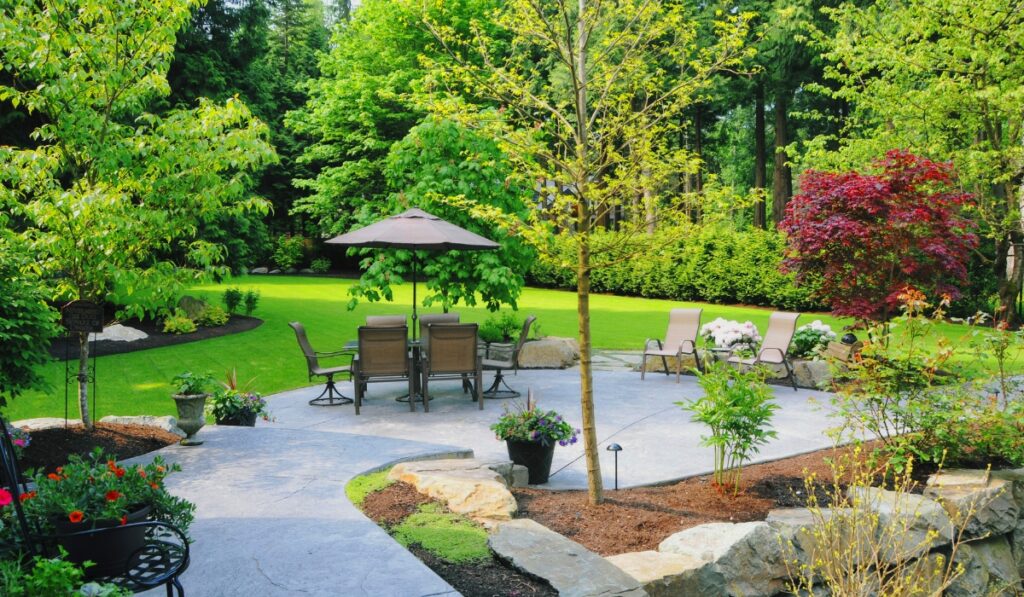
California’s summers are renowned for their sunshine, warmth, and unfortunately, their dryness. As water conservation becomes increasingly crucial, it’s time to rethink our landscaping choices and embrace the beauty of drought-tolerant designs. At DK Landscaping, we specialize in creating stunning, sustainable landscapes that flourish even in the harshest conditions.
The Importance of Water Conservation
With California facing ongoing drought conditions, responsible water use is paramount. Traditional lawns and water-hungry plants strain our precious resources and can lead to hefty water bills. By transitioning to drought-tolerant landscaping, we can significantly reduce our water consumption, create more sustainable environments, and still enjoy beautiful outdoor spaces.
Embracing the Beauty of Drought-Tolerant Plants
Drought-tolerant landscaping doesn’t mean sacrificing beauty or vibrancy. Many stunning plants thrive in arid conditions, offering a diverse palette of colors, textures, and forms. These plants have adapted to survive with minimal water, often boasting features like succulent leaves, deep roots, or silvery foliage that reflects sunlight.
Some popular drought-tolerant plants for California landscapes include:
- Succulents: Echeveria, Agave, Aloe
- Native Plants: California Poppy, Ceanothus, Manzanita
- Ornamental Grasses: Purple Fountain Grass, Blue Fescue, Feather Reed Grass
- Drought-Tolerant Shrubs: Lantana, Lavender, Rosemary
Designing Your Drought-Tolerant Landscape
Creating a successful drought-tolerant landscape involves careful planning and consideration of several factors:
- Soil: Improve soil drainage and water retention by adding organic matter like compost.
- Sun Exposure: Choose plants that are well-suited to your yard’s specific sun and shade conditions.
- Hydrozoning: Group plants with similar water needs together to optimize irrigation efficiency.
- Mulching: Apply a layer of mulch to conserve moisture, suppress weeds, and regulate soil temperature.
- Irrigation: Install a water-efficient irrigation system, such as drip irrigation, to deliver water directly to plant roots.
Beyond Plants: Creative Landscaping Ideas
Drought-tolerant landscaping goes beyond plant selection. Consider incorporating these elements into your design:
- Hardscaping: Use pavers, gravel, or decomposed granite to create patios, walkways, and other non-plant areas.
- Dry Creek Beds: Mimic natural drainage channels with decorative rock and gravel beds.
- Rain Gardens: Capture and filter rainwater runoff with strategically placed depressions filled with native plants.
- Water Features: Add a touch of tranquility with a small fountain or recirculating water feature.
DK Landscaping: Your Partner in Sustainable Design
At DK Landscaping, we are passionate about creating beautiful, water-wise landscapes that thrive in California’s climate. Our team of experts can guide you through every step of the process, from plant selection and design to installation and maintenance.
Let us help you transform your outdoor space into a sustainable oasis that conserves water, supports local ecosystems, and brings you joy for years to come. Contact us today for a free consultation!
Remember, drought-tolerant landscaping is an investment in the future of our environment and your outdoor living experience. Let’s work together to create a more sustainable and beautiful California.
Water-Saving Tips for Your Garden
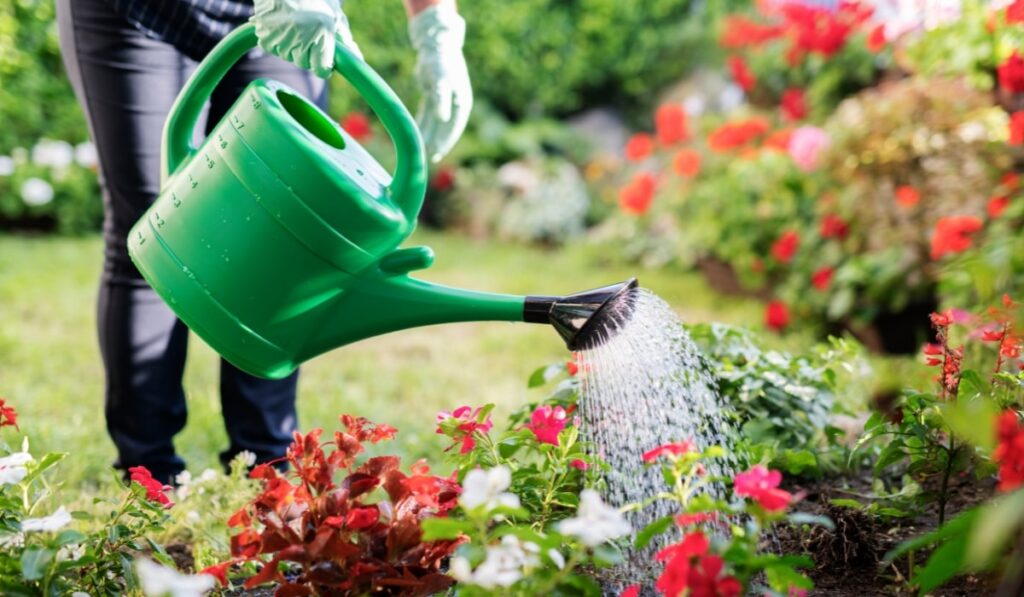
Gardening is a great way to beautify your home while also providing fresh produce. However, it can also be a significant source of water consumption. With water becoming an increasingly scarce resource, it’s important to find ways to conserve it. Water-saving tips for your garden can help you save water and reduce your water bill.
There are many ways to save water in your garden. One of the easiest ways is to choose plants that are well-suited to your climate and soil type. These plants will require less water and maintenance, saving you time and money. Another way to save water is to use mulch around your plants. Mulch helps to retain moisture in the soil, reducing the need for frequent watering.
In addition to these tips, there are many other water-saving techniques that you can use in your garden. From using drip irrigation systems to collecting rainwater, there are many ways to conserve water while still maintaining a beautiful garden. By implementing these tips and techniques, you can reduce your water consumption and help to protect this valuable resource.
Efficient Watering Practices
Understanding Soil and Plant Needs
One of the most important things to consider when it comes to efficient watering practices is understanding the soil and plant needs. Different types of soil have different moisture retention properties, which means that some soils will require more water than others. For example, clay soil tends to hold onto water for longer periods of time than sandy soil, which means that plants growing in clay soil will require less frequent watering.
Additionally, it’s important to consider the type of plants that are being grown in the garden. Native plants and drought-tolerant plants are great options for conserving water in the garden, as they are adapted to the local climate and require less water to thrive. On the other hand, plants that are not well-suited to the local climate will require more water to stay healthy.
Watering Techniques and Scheduling
Another important aspect of efficient watering practices is using the right watering techniques and scheduling. For example, morning watering is generally recommended as it allows plants to absorb moisture before the heat of the day causes evaporation. Deep watering is also important, as it encourages plants to develop deep root systems that can better withstand dry spells.
It’s also important to consider the timing and frequency of watering. Overwatering can lead to fungal diseases and runoff, which can be harmful to the environment. Gardeners should aim to water their plants only when necessary, and to avoid watering during periods of rain or high humidity.
Irrigation System Efficiency
For those who use an irrigation system, it’s important to ensure that the system is as efficient as possible. This can be achieved by using water-efficient emitters, installing a rain-shutoff device, and regularly checking and maintaining the system. Irrigation system controllers can also be used to schedule watering times and ensure that water is not wasted.
In addition to these tips, gardeners can also consider using rain barrels or other rainwater harvesting systems to save water in the garden. Mulching and composting can also help to conserve water and improve soil moisture retention. By following these water-saving tips and using efficient watering practices, gardeners can help to promote sustainability and conserve water in their gardens.
Sustainable Garden Design and Maintenance
Choosing the Right Plants
Choosing the right plants for a sustainable garden is crucial. Native plants, drought-tolerant plants, succulents, and perennials are great options for water-saving gardens. These plants require less water, are adapted to the local climate, and are more resistant to pests and diseases. Yucca and verbena are examples of beautiful and low-water-use plants that can thrive in a water-saving garden.
Mulching and Ground Cover
Mulching is an effective way to reduce water usage in the garden. Organic mulch such as lawn clippings, leaves, and compost can help retain moisture in the soil, prevent weed growth, and improve soil health. Ground cover plants such as creeping thyme, clover, or sedum also help to retain moisture and reduce erosion.
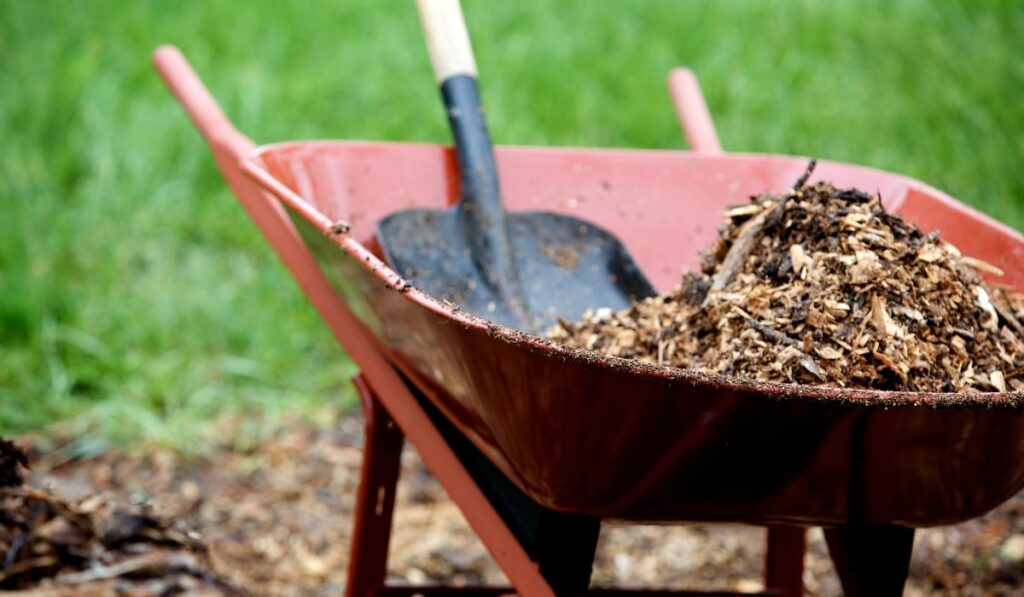
Alternative Water Sources and Collection
Using alternative water sources can be a game-changer for water-saving gardens. Rainwater harvesting is a great way to collect water for the garden. Installing a rain barrel or water tank can help to store and use rainwater for irrigation. Ollas are also a great way to save water. These clay pots are buried in the soil and slowly release water to the roots of the plants, reducing water waste and promoting plant growth.
By implementing sustainable garden design and maintenance practices such as choosing the right plants, mulching and ground cover, and using alternative water sources, gardeners can create beautiful and thriving gardens while conserving water and promoting sustainability.
Frequently Asked Questions
What are effective methods for reducing water usage in your garden?
There are several effective methods for reducing water usage in your garden. One of the most effective ways is to choose plants that are native to your region and are adapted to the local climate. These plants will require less water and maintenance compared to non-native plants. Additionally, using mulch around the plants can help retain moisture in the soil, reducing the need for frequent watering.
How can you conserve water when maintaining a vegetable garden?
To conserve water when maintaining a vegetable garden, it is important to water the plants deeply but less frequently. This encourages the roots to grow deeper and access water from lower layers of soil. Additionally, using drip irrigation or a soaker hose can help deliver water directly to the roots, reducing water waste. Using a rain barrel to collect rainwater can also provide a free source of water for your garden.
What are the benefits of watering plants early in the morning for water conservation?
Watering plants early in the morning is beneficial for water conservation because the cooler temperatures and lower wind speeds help reduce evaporation. Additionally, watering in the morning allows the plants to absorb the water before the heat of the day, reducing the risk of water stress.
What personal habit changes can lead to significant water savings in garden care?
Personal habit changes that can lead to significant water savings in garden care include using a broom instead of a hose to clean patios and driveways, fixing leaks in hoses and sprinklers, and using a bucket instead of a hose to wash cars. Additionally, reducing the frequency of lawn watering and using drought-tolerant plants can help save water.
How can you utilize greywater from showers and baths for gardening purposes?
Greywater from showers and baths can be utilized for gardening purposes by diverting the water to a holding tank or directly into the garden. However, it is important to use biodegradable and non-toxic soaps and detergents to avoid harming the plants. It is also recommended to use greywater for non-edible plants only.
What are the most efficient irrigation techniques for minimizing water waste in gardens?
The most efficient irrigation techniques for minimizing water waste in gardens include drip irrigation, soaker hoses, and micro-sprinklers. These methods deliver water directly to the roots of the plants, reducing water waste due to evaporation and runoff. Additionally, using a rain sensor or a smart irrigation controller can help adjust watering schedules based on weather conditions, further reducing water waste.
Surviving Winter Drought
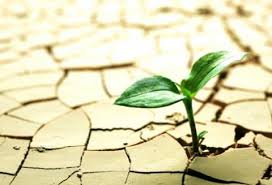
Since our “official” rainy season began October 2013, Sonoma County county has seen only two inches of rain bringing us the driest season that anyone can remember in the North Bay. This has resulted in another difficult growing season for farmers and gardeners. Many cities are already implementing water restrictions and encouraging citizens to voluntarily engage in water conservation.
So what can the home gardener do to use less water, enjoy the garden more, and help the environment? Here are DK Landscapings 10 easy tips:
1) Check for Leaks and Repair– Leaks can occur for many reasons and in many parts of watering systems. Review sites weekly for “weeping” valves, sprinklers, hose bibs, etc.
2) Choose Hand Watering – over automatic irrigation when possible. The more time you spend with the plants, the more they benefit from the attention, the sooner they establish, and the less water they need.
3) Avoid Runoff – To gauge the time to run off, turn on a sprinkler zone and track the time until water runoff begins. That is the amount of run time that should be entered into the controller followed by at least 30 minutes before the next cycle.
4) Inspect and Tune-Up your Sprinkler System Monthly – Adjust your sprinkler heads to prevent water draining off your lawn and down the gutter. Reduce sprinkler run-time, and don’t be a gutter flooder.
5) Get to Know Your Meter – Your water meter is an important conservation tool. It not only measures the amount of water you use, but can also tell you if there is a leak in your plumbing.
6) Incorporate Shrubs and Trees into the garden. Once established, these deep-rooted plants require far less water than shallow-rooted perennials and annuals.
7) Learn Soil/Plant Relationships – Landscape plantings need healthy soil to grow and thrive. The more healthy a plant is, the more stress it can tolerate. Knowing soil type will help with irrigation scheduling. Being able to identify plants will indicate how to best care for the landscape as a whole. In times of drought, reducing fertilizing and pruning can help plants survive with a reduced amount of water.
8) Water – between midnight and 6:00 a.m. to reduce water loss from evaporation and wind. Water your lawn and garden in 2 or 3 short cycles rather than one long one. Watering to a depth of 4″ to 6” will encourage deeper healthier roots and allow the plants to go without water for longer periods of time.
9) Reduce the size of water features (like a pond, stream, or water fountain) to conserve water while still attracting birds and wildlife.
10) Use a Broom, not a hose, to clean your driveway, deck, or patio. Washing a sidewalk or driveway with a hose uses about 50 gallons of water every 5 minutes.
DK Landscaping specializes in water conversation, water efficiency and water management and makes it a priority when serving our clients and our community every season of the year. It is a primary consideration in everything we do, from the selection of plants to the design of irrigation systems and the equipment choices we make.
Every drop matters, and each one of us counts.





